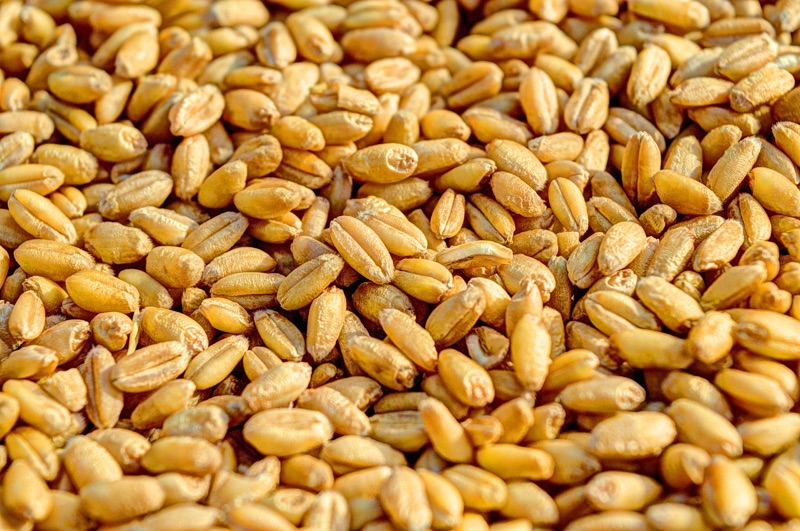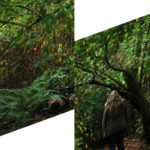The seed is the word of God. Luke 8:11
These seven words express one of the simplest yet most comprehensive counterparts I know of.
- The seed is living, organic, adaptable, full of potential yet patient, contains the basic instructions for life, vulnerable, dependent, capable of extending the life from which it came. The seed sees itself primarily as a devoted servant.
- The word is not just anyone’s word, but God’s, and it, too, is all that the seed is
- The word of God is also powerful and sharper than a two-edged sword (Hebrews 4:12), is creative (Revelation 1:16, Genesis 1:3,6,9), and brings salvation (Luke 8:12, John 12:47, James 1:21), which the seed can also do in its realm
Putting these two together to teach us is like… well, it’s out of this world!
This counterpart team takes us to the garden, to the marriage union, to the beginning of life and ventures and creativity, to the inception of an inspired thought, to anything that comes from life, and joins that to the divine Mind, His power, presence, love, grace, mercy, and intent to bless exceedingly beyond our wildest imaginations.
This counterpart also takes us back to Creation, the second half of the third day, when life was first generated on this earth. Note how Moses described what he saw on that day. He didn’t talk eloquently about the magnificence of the mighty trees, the beauty of the fresh new flowers, the entrancing grasses as they waved gently in the breeze—right brain stuff. He didn’t mention the great variety of herbs, shrubs, and trees, nor did he refer to the sweet and captivating aromas filling the air from flower and leaf.
No, Moses skipped past all this and kept to left brain talk. The theme for this third day is NEW LIFE, so we are inadvertently directed past all the beauty, all the variety of shapes, forms, aromas and flavors, to that part of the plant in which the germ of life resides, the only part that guarantees the replication of the species— the SEED, something tangible the left brain can understand and deal with. It processes information in an analytical and sequential way, looking first at the pieces then putting them together to get the whole picture.
Yet as our thinking progresses and we consider what is possible for that germ of life when the Word is behind and within it, we are catapulted into heavy duty right brain activity! This part of the brain focuses on the visual, and approaches information in an intuitive and simultaneous way, looking first at the whole picture and then the details.
Counterpart study uses both hemispheres. It’s awesome. Simply awesome.





